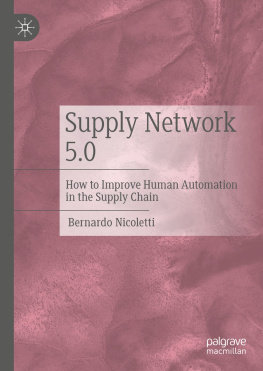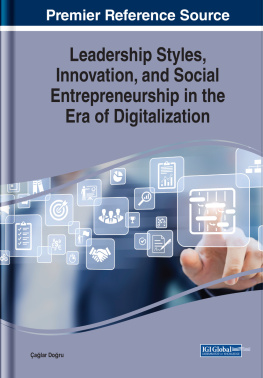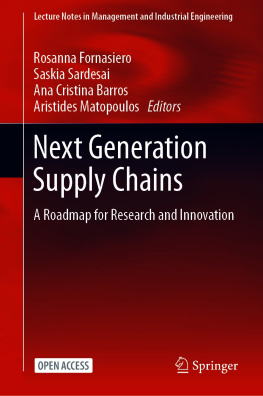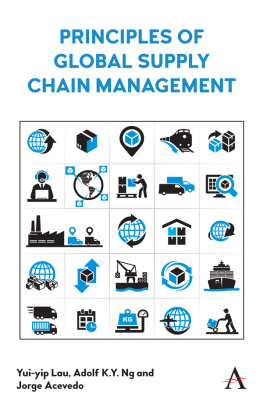is a postdoctoral research fellow at the Carlo Azeglio Ciampi Institute, Scuola Normale Superiore (Florence). He holds a M.A. in social sciences from the EHESS and ENS Paris, and a Ph.D. in political and social sciences from the European University Institute in Florence. He has been teaching assistant in sociological theory at the University of Trento, and visiting scholar at the Urban Democracy Lab, New York University. Focusing on social theory, technology and collective action, his work has investigated the dilemmas of expertise and activism on large-infrastructural projects, industrial plants and the environment. He is currently working on digital capitalism, Industry 4.0 and their consequences for worker mobilizations.
Worker Contention and the Social Shaping of Digital Technologies
As in any other wave of technological change, the growing integration of information and communication technologies (ICTs) in different sectors of the economy have not only challenged existing forms of work organization but also introduced new business models and shaped new forms of employment relations [].
Literature has shown how technological innovation, far from taking place in a societal vacuum, is always implemented for specific social interests and in specific socio-economic contexts []. In this sense, innovation driven by ICTs is best analyzed as a process, which takes place in a specific labor market regime, enhancing processes of labor empowerment or fragmentation as well as worker control and autonomy.
At the same time, the disruptive aspect of technological change under certain conditions can trigger new forms of collective action, which takes the form of a sustained set of interaction among workers, defining common interests and coordinating in shaping and regulating new technologies on the job [].
Literature on labor process theory has shown how innovative technological features in working conditions can be better perceived in the first instance by workers rather than actors outside the workplace. Indeed, many cases in the history of labor show how the routinary experience of workers can to some extent be revelatory aspects of the working activities that are not available to managers or external actors [].
This chapter tries to explain how workers mobilized in a sector affected by the introduction of digital technologies. It does so by analyzing what scholars in the field of collective action and contentious politics calls the cycle of contention []. This can be defined as a digital extension of some principles of traditional Taylorism, considered as a process of separation from execution, human work routinization, and automation of work rationalization and monitoring through algorithms, which finally allows the documentation of working performances through human capital metrics and remote control.
This chapter explains the rise of worker mobilization and the implications of digitalization on work and workers capacity to mobilize. It is structured as follows. After a brief methodological note in Sect. ).
Data and Methodology
This research on the worker mobilization at Amazon Logistics in Milan is based on new data collected through an abductive process [] grasping how individuals understand and reconstruct the situation they inhabit to enact the mechanisms, which in this case are the capacity to collectively mobilize, to raise collective issues regarding working conditions, and finally to trigger an organization process affecting both unions and employer associations.
A preliminary analysis of the process has been conducted through media coverage. The newspaper La RepubblicaMilano has been used to detect the main information regarding Amazon protest events due to the detailed online coverage of the entire urban area. A corpus of 26 articles between 3.11.2015 and 25.02.2019 has been created concerning the expansion of Amazon and the rise of strikes in the Milanese area. These data have been triangulated with information from the companys annual report
The primary sources consist mainly of semi-structured interviews and non-participatory observations at spontaneous worker assemblies. Following a selection process, which triangulated snowball sampling and suggestions by random workers, ten individual semi-structured interviews have been conducted with eight workers belonging to different service providers and playing a key role in the mobilization as well as two representatives of the main union involved. Interviews lasted between 45 min and 8 h 20 min. They have been recorded with the consent of the interviewees, anonymized, transcribed by a research assistant and merged into a text subject to content analysis. The text has been coded into sections that refer to specific variables regarding collective issues (working conditions, forms of organizations, relations to unions, collective claims).
In addition, I conducted interviews with key informants and participated in three worker assemblies. Non-participatory observations were conducted in three different Amazon stations near Milan, getting in contact with workers ending their daily shift. Data are based on fieldwork notes taken directly during worker assemblies. In particular, two observations have been recorded with the explicit consent of workers and transcribed.
Amazon Logistics and its Expansion
Amazon was a multinational company founded in Seattle as an online bookstore. In two decades the company became an everything store, an almost monopolistic player in e-commerce in Western countries [], which nowadays globally employs 560,000 workerscalled Amazonians in the companys jargon. Its size is visible in its brand value of 315.51 billion dollar, the worlds most valuable company followed by Apple (309.5) and Google (309.0).
In fact, Amazon recruited 130,000 new employees only in 2017 []. Specifically regarding Italy, the company has invested 1.6 billion euros and created 5,500 jobs. The first Italian distribution center was opened in 2011 in Castel San Giovanni near Piacenza followed in 2015 by a new center for urban distribution at Affori near Milan, and from 2017 on by other centers throughout the country, particularly in the regions of Pedemont, Tuscany, Veneto and Lazio.









